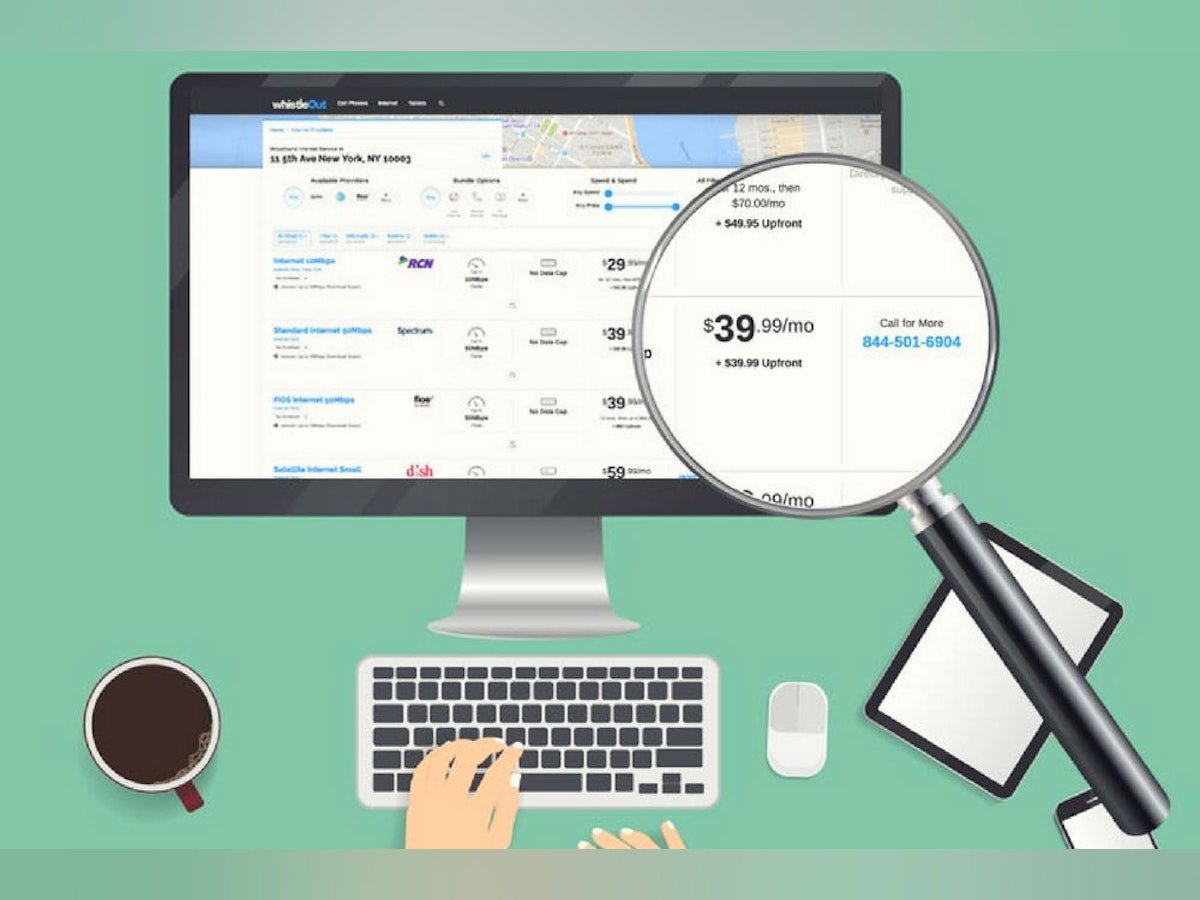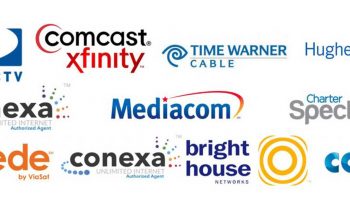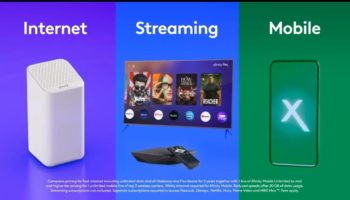
What’s the best internet provider in your area?
CNET.com April 2025.
When it comes to internet providers, you may not have more than one or two good options. In fact, according to the latest data from the Federal Communications Commission, more than a third of Americans only have access to one have no access to an internet provider.
The easiest way to start looking for a new internet provider is to find out what ISPs serve your address. Where you live determines which providers you can get, the technologies they use and the speeds they offer.
You may have access to one or two internet connection types, like fiber or cable, from various providers. Many areas have at least one cable internet provider plus a DSL” or fiber-optic ISP, while others may have 5G home internet” options from Verizon and T-Mobile’s widespread coverage” target=”_self.
The largest cable internet companies in the country are Xfinity” and Spectrum” while AT&T Fiber” , Frontier Fiber” and Verizon Fios” make up the majority of fiber-optic availability. Aside from the large national providers, there are hundreds of local cable, fiber and wireless providers across the US.
Top ISPs available in the country
ISP availability is always changing, which is why the FCC updates provider data twice a year (see CNET’s breakdown of the FCC data). It’s this data that we use to determine available internet providers in your area and the technologies they use.
In general, large cities like Seattle or Chicago are where you’ll find the greatest fiber availability and fastest speeds, although cable internet can deliver gig download speeds and is available to roughly 21% of households. Rural areas are often limited to slower options like DSL or satellite, but 5G home internet — particularly from T-Mobile — or local fixed wireless internet providers are a growing alternative to broadband service in rural areas.
Internet providers by availability
-
EarthLink: Available in 48 states, with 75% nationwide coverage.
-
T-Mobile Home Internet: Available in 49 states, with 60% nationwide coverage.
-
AT&T”: Available in 21 states, with 49% nationwide coverage.
-
Xfinity” : Available in 39 states, with 34% nationwide coverage.
-
Spectrum” : Available in 41 states, with 29% nationwide coverage.
-
Verizon 5G Home Internet” : Available in 50 states, with 22% nationwide coverage.
-
CenturyLink ” and Quantum Fiber” : Available in 16 states, with 11% nationwide coverage.
-
Verizon Fios” : Available in nine states, with 9% nationwide coverage.
-
Cox” target=”: Available in 18 states, with 5% nationwide coverage.
-
Frontier” : Available in 29 states, with 5% nationwide coverage.
-
Optimum”: Available in 21 states, with 7% nationwide coverage.
-
Rise Broadband”: Available in 16 states, with less than 1% nationwide coverage.
-
Windstream”: Available in 18 states, with 2% nationwide coverage.
-
Astound: Available in 12 states, with 2% nationwide coverage.
-
Mediacom” : Available in 22 states, with 2% nationwide coverage.
There’s a good chance one or more of the 15 providers listed above are available in your area. You’ll find detailed information about each provider’s availability and network below.
Top internet providers compared
The plans shown below feature each provider’s cheapest available tier. The maximum speed is the top advertised speed for that given plan, but it might not be available in your area. Overall, the best selection for you — and the most cost-effective plan — might be a different tier that provides a faster speed at a higher price but a better value. To more fully understand this value-based approach, check out CNET’s guide to examining the cost per Mbps”
Source: CNET analysis of provider data.
What internet providers are in your city?
What internet providers serve your city? We provide an in-depth look at the best internet providers in cities across the US, from New York to San Francisco. Click any of the links below to learn more about available internet options in the area.
We didn’t forget about local internet providers
Around fifteen or so internet providers make up the majority of internet serviceability, but there are literally thousands of smaller ISPs that operate in hyperlocal markets. Providers such as Armstrong, Ziply Fiber” and WideOpenWest (among many others) do a great job of serving their local communities — there are simply too many to list here.
Broadband and high-speed internet availability
According to the FCC, 99.97% of US residents have access to a broadband internet connection, which it defines as one that can provide download speeds of up to 100 megabits per second and upload speeds of 20Mbps.”
However, this number doesn’t reflect the broadband divide. This suggests that the FCC numbers are high, and satellite internet could be a factor. When you remove satellite technology from the list, broadband availability drops to 89%, with less than a third of US residents having three or more ISPs in their area. As you go up in speed from 25 to 100, 250 and 1,000Mbps, availability drops to 46%: It’s evident that high-speed options are sorely limited.
Internet availability by technology
The available internet tech type can make a big difference in available speeds and performance. Fiber internet is the preferred option, as it comes with symmetrical upload and download speed and superior reliability, but availability is still relatively low. Unless you live in or near a large city, it’s unlikely you’ll find fiber internet near you.
Cable internet is another popular choice for high-speed internet in many areas. It boasts much higher availability than fiber internet but does not offer fast upload speeds or the same consistent reliability. DSL” and fixed wireless internet are excellent rural internet options, but they can’t compare to the speeds or reliability of fiber or cable connections.
For a further breakdown on the various types of internet, check out our guide to internet connection types.
How to choose the best internet in your area
Finding the best internet provider in your area starts with discovering what’s available. Again, the search tool further up the page will give you an idea of what providers serve your area, the speeds they offer and how much it costs.
Once you’ve narrowed down the available internet providers in your area, review the plans and service terms. Look for a plan that offers the speeds you need for the lowest price, but also be mindful of potential data caps” and overage fees, contract requirements” equipment rental fees” and other factors that can affect your service and monthly payment.
For more tips on how to choose the right internet provider and plan, see our guide to selecting the best home internet service” at CNET.com





